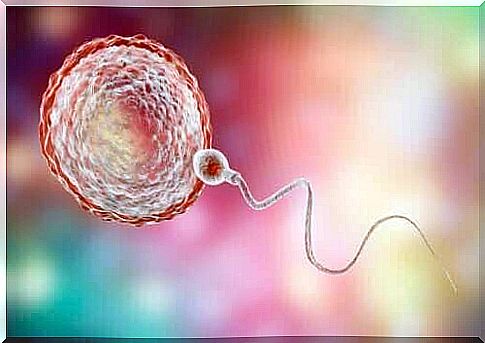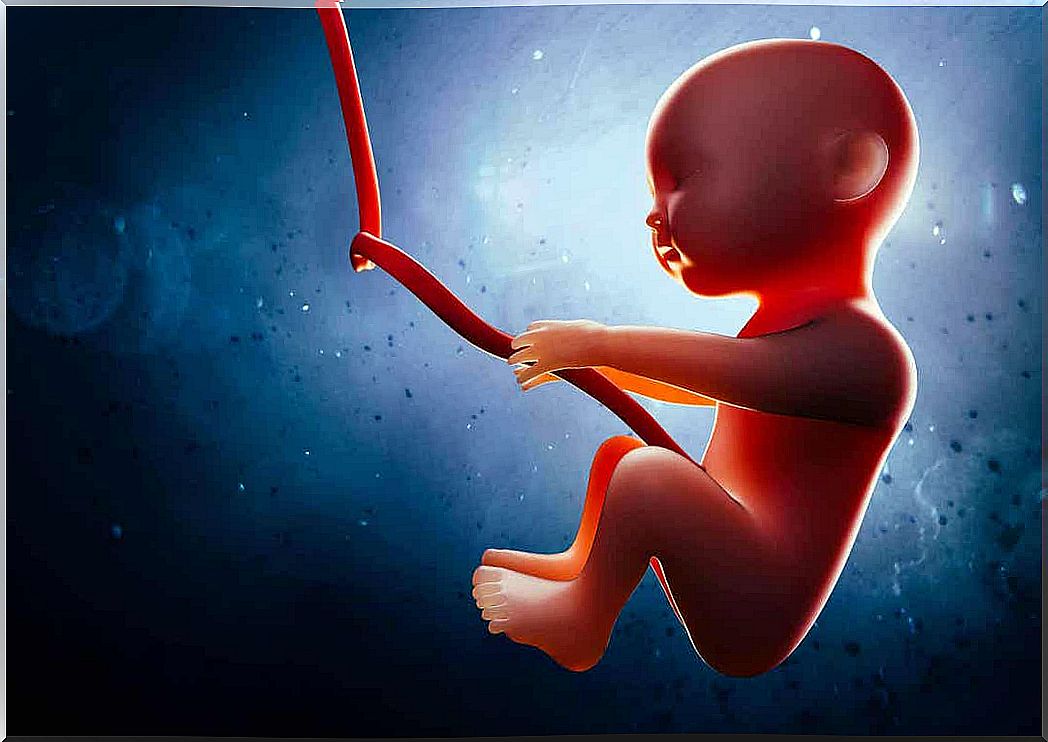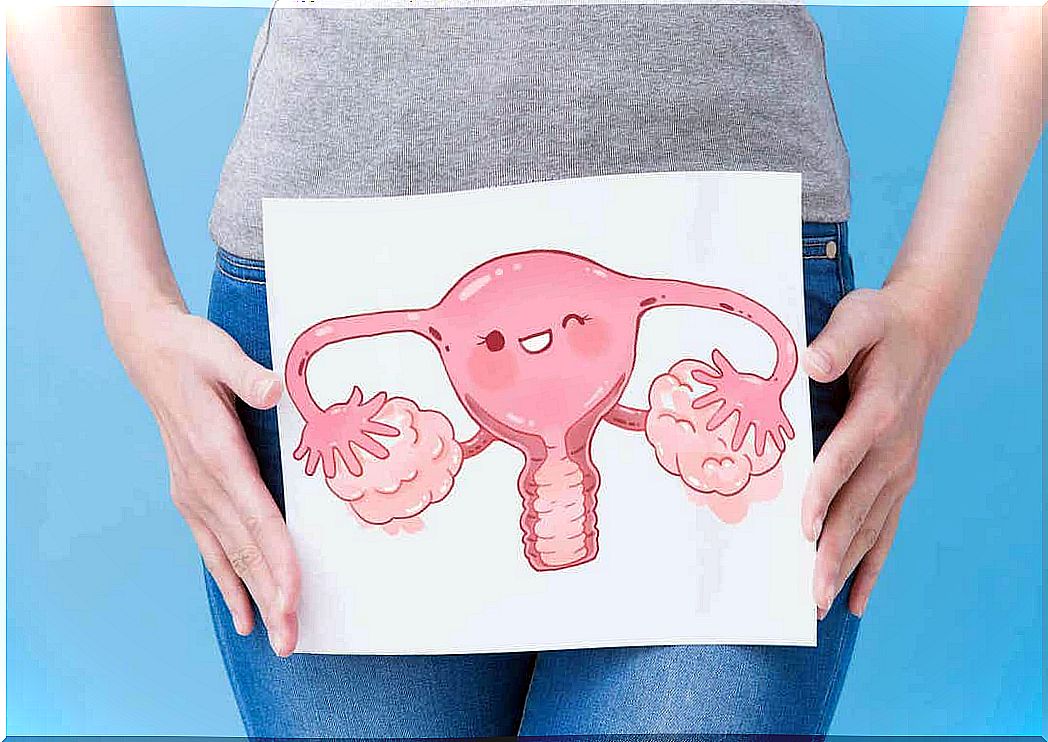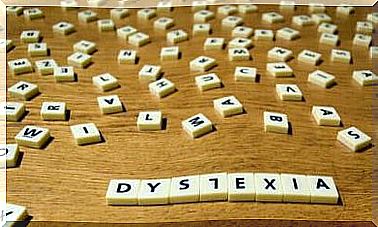4 Interesting Facts About Egg Cells

It’s hard not to talk about women and female fertility without raising eggs. These cells are complex and very interesting, which is why they are often the subject of intensive scientific research. In combination with sperm, they give rise to the structures that will create the future child, and the unknown details of their structure and function make them even more interesting. Today we take up four interesting facts about egg cells.
What are egg cells?
Egg cells, or ovum, are the female gametes, and they play a major role in the reproductive process. When they come in contact with the man’s sperm, the result is a structure called a zygote that gives rise to the future child.
Ovulation occurs approximately every 28 days. In this process, structures called egg vesicles, or follicles – inside the ovaries – develop to release cells called oocytes. Shortly afterwards, they develop into eggs as they pass through the fallopian tube to the uterus.
This whole complex process is a result of hormonal changes that occur every month. Important here is the function and interaction between the hypothalamus, pituitary gland and ovaries, which release important substances that can cause changes in the female reproductive system.
4 interesting facts about egg cells
As you may have noticed, egg cells are exceptional cells. Nowadays we know a lot about them. But from time to time, researchers discover new, amazing things about how they work. Here are some of the most interesting facts about egg cells.
1. Egg development begins even before birth

Do you remember what we said about follicles? It turns out that these structures are not as simple as at first glance. In fact, they have many “evolutionary forms” that change depending on the stage of development of the girl or woman.
When a girl is born, she has hundreds of thousands of follicles in her ovaries, which are called primary follicles. Because there are not enough hormonal signals to activate them, many of them remain dormant or gradually begin to die.
As the girl grows, hormonal changes begin in the body. The ovaries become active and begin to give rise to egg cells (through ovulation). During the years between birth and puberty, however, the vast majority of egg sacs cease to be useful. This is an explanation for the relatively shorter reproductive age in women compared to men.
2. Facts about egg cells: Egg cells are much larger than sperm
Yes it’s true! The average size of a sperm is about 0.05 millimeters, while an egg cell is between 0.15 and 0.17 millimeters. Impressive, right? This has nothing to do with the number of genes in either cell, as both have about the same number, ie half of the genes compared to all other cells in the human organism.
The difference in size can rather be related to the role that everyone has during conception. The sperm must travel through the vagina and into the uterus to find the egg cell; a task that becomes easier due to their special structure and size.
3. Ovulation does not always occur on the same side
Each time a menstrual period occurs, only one egg is released. However, women have two ovaries (one on each side) and thousands of active ovaries that can give rise to eggs. It can be quite complicated to understand how the body coordinates so that only one of these follicles is active every 28 days.

This is a consequence of the systemic hormonal changes that come not only from the hypothalamus or pituitary gland, but also from the ovarian follicles themselves. These cells are so complex that, even today, there is still much we do not fully understand about how the body initiates and coordinates this process.
This process is so precise that ovulation often occurs alternately in some women. That is, one month it occurs on one side and the next month on the other. It is likely that this is done to maintain fertility should one of the two ovaries be permanently damaged.
4. Facts about egg cells: You can have menstruation without ovulation
From a medical point of view, this is known as an “anovulatory menstrual cycle” and is a common cause of infertility. But what could be the reasons why a woman does not release an egg as she usually does?
In most cases, it is the result of hormonal problems. Polycystic ovary syndrome, PCOS, is an example and from a clinical perspective, these patients tend to be overweight, have acne, facial hair and irregular menstruation.
Special and very interesting cells
Egg cells are fascinating and very special cells, just like sperm. In both health and disease, they are distinguished by their unique properties, which we do not see in almost any other cell in the body.
Therefore, a good recommendation may be that we take care of our health through regular gynecological check-ups.









